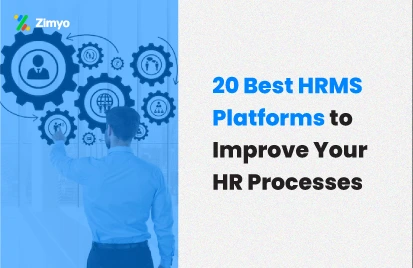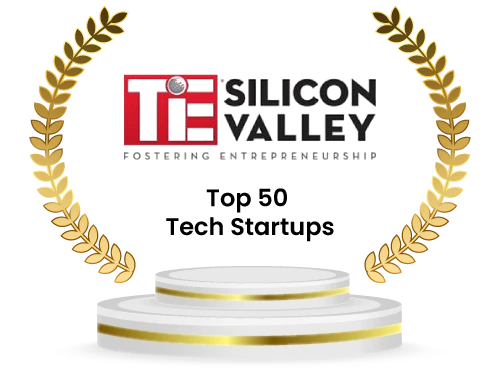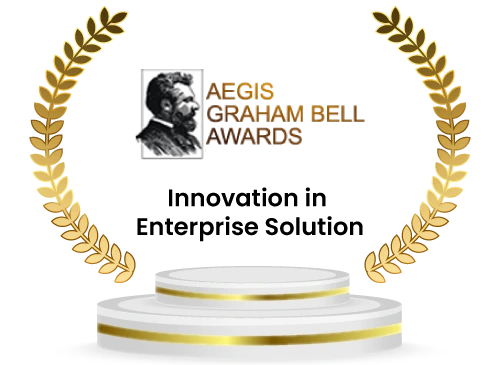Human Resource Management (HRM) plays a vital role in the success of any organization. Whether it’s a startup or a multinational corporation, managing people efficiently and effectively is key to growth. The objectives of human resource management are not just limited to hiring or payroll. HRM goes far beyond that—shaping organizational strategy, culture, and employee experience.
In this blog, we’ll define HRM and its objectives, explore the aim of HRM, and discuss the scope and objectives of HRM in detail. From strategic to functional, from employee-centric to business-driven goals, we’ve covered everything you need to know about the objectives of HRM in points—with insights, stats, and examples.
Objectives of Human Resource Management
10 main objectives of Human Resource Management are:
- Strategic Workforce Planning
- Talent Acquisition
- Training and Development
- Performance Management
- Employee Engagement
- Compensation and Benefits
- Workplace Health and Safety
- Diversity and Inclusion
- Organizational Culture
- Employee Retention
Now, let us understand each one of these in detail.
1. Strategic Workforce Planning

The first and foremost human resource planning objective is to forecast and fulfill future manpower needs. This is known as strategic workforce planning. According to a McKinsey report, companies with strong workforce planning practices are 2.5 times more likely to outperform their competitors.
This objective helps ensure that the right number of people with the right skills are available at the right time. This is one of the key strategic goals of human resource management, as it aligns staffing needs with the organization’s long-term vision.
When it comes to manpower planning objectives, HR professionals use data, trends, and forecasting tools to predict retirements, resignations, and emerging skill gaps. This ensures business continuity and reduces last-minute hiring pressure.
In essence, this function supports all other HRM functions and objectives. Without proper planning, recruitment, training, and development may suffer. Hence, workforce planning forms the backbone of successful HR strategy.
2. Talent Acquisition
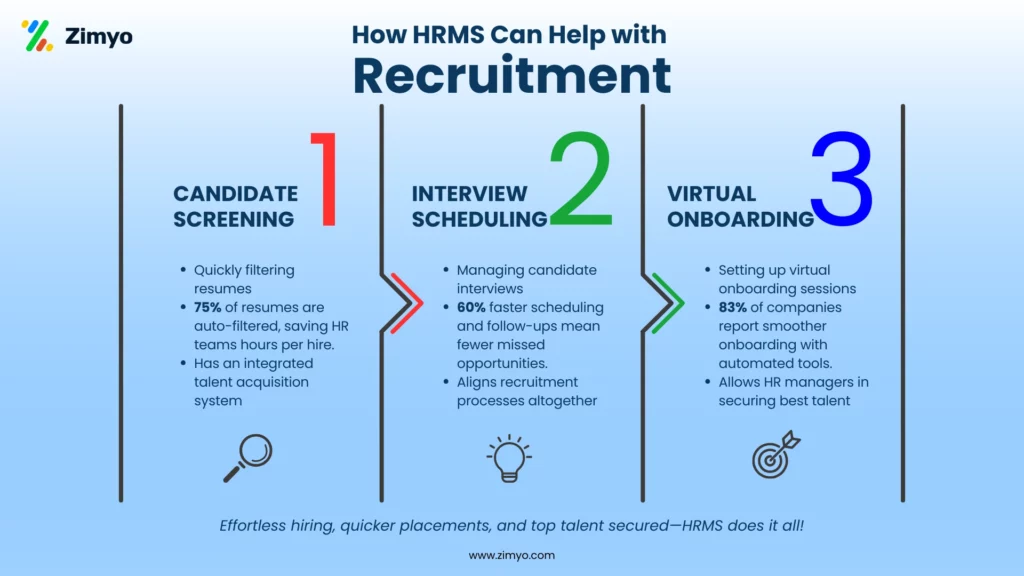
One of the most well-known objectives of HRM is to attract, recruit, and hire the best talent. Recruitment is not just about filling vacancies; it’s about building a talent pool that adds long-term value to the organization.
The aim of HRM in this area is to bring in people who align with both the job requirements and the company culture. According to Glassdoor, 76% of hiring managers face difficulty in attracting qualified candidates—highlighting the need for a strong acquisition strategy.
Through structured interviews, skills assessments, and employer branding, HR professionals improve the chances of hiring high-potential candidates. This falls under the functional objectives of HRM—ensuring efficient operations through qualified manpower.
In today’s competitive landscape, talent acquisition also touches on the social objectives of human resource management, as companies aim to create inclusive hiring practices that reflect workforce diversity.
3. Training and Development
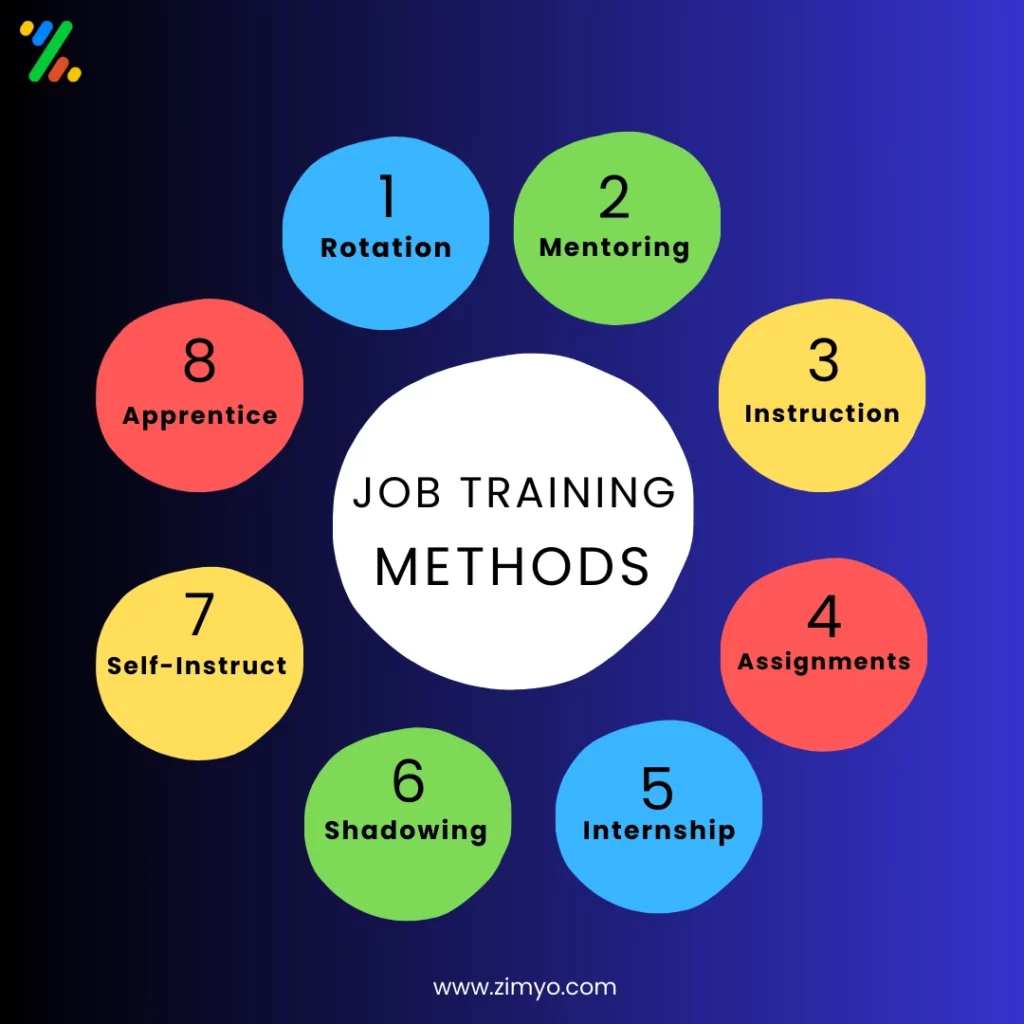
Among the key human resource development objectives, training and development hold a crucial place. It ensures employees are equipped with the right skills and knowledge to perform their jobs effectively.
Studies show that companies that invest in employee development see a 24% higher profit margin (Association for Talent Development). This makes HRM functions and objectives like training not just beneficial, but essential for sustained growth.
The aim of HRM here is to prepare employees for both current and future roles. Training and development sessions, mentorship, and e-learning platforms are widely used to build a culture of continuous learning.
Furthermore, development is tied to human resource objectives examples like leadership readiness, innovation capability, and productivity improvement. This proves that learning and development is not a one-time task—it’s a long-term commitment.
4. Performance Management
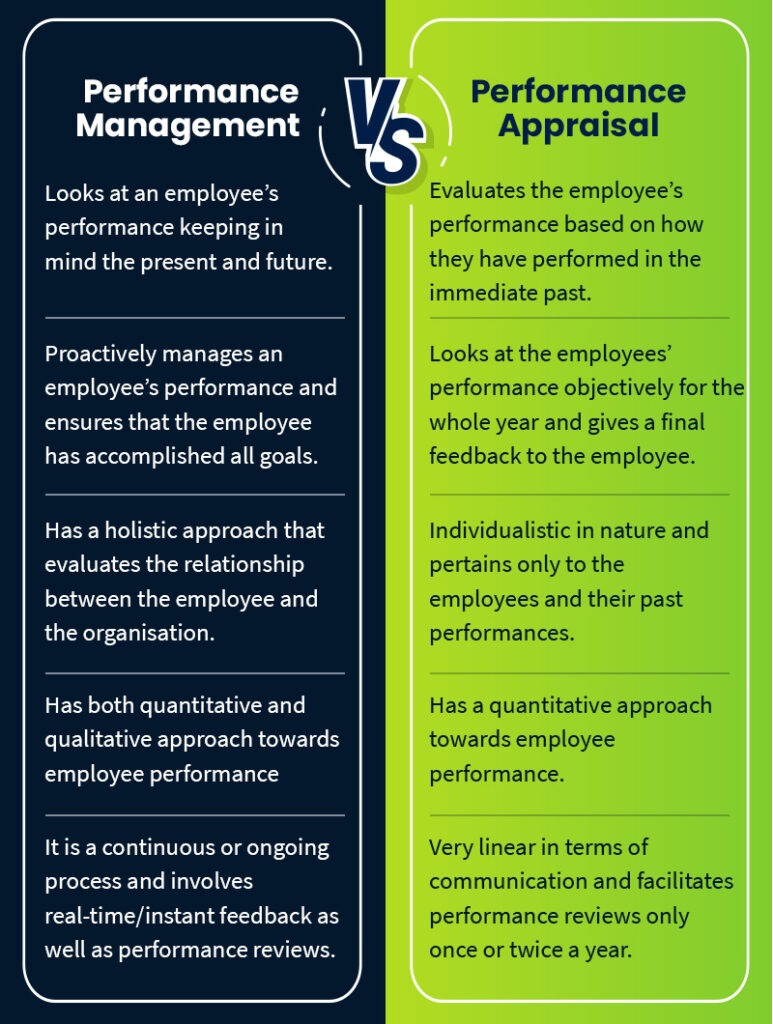
Another core aspect in the objectives of human resource management is performance management. This involves setting goals, providing feedback, measuring output, and rewarding achievements.
According to Deloitte, organizations that manage performance well are 92% more likely to achieve business objectives. Performance management, therefore, supports both strategic goals of human resource management and employee motivation.
The functional objectives of HRM here include creating appraisal systems, handling promotions, and identifying underperformance early. This boosts overall efficiency and engagement.
Effective performance management also aligns individual goals with organizational targets. This is a key element when you define HRM and its objectives, as it ties employee growth directly to business success.
5. Employee Engagement
Keeping employees motivated and emotionally committed is one of the most impactful human resources objectives. Engaged employees are more productive, innovative, and loyal.
Gallup reports that companies with high employee engagement are 21% more profitable. That alone speaks volumes about how important this is in the scope and objectives of HRM.
The aim of HRM is to create an environment where employees feel heard, appreciated, and challenged. Activities like team bonding, open communication, and recognition programs support this objective.
Engagement also plays into the social objectives of human resource management, as it creates a supportive workplace where people feel they belong.
6. Compensation and Benefits

Fair and competitive pay is not just a legal requirement—it’s a strategic HR tool. One of the main objectives of HRM is to offer salaries, benefits, and perks that attract and retain top talent.
According to Payscale, 63% of employees who feel they are paid fairly are more satisfied with their jobs. This objective directly ties to human resource development objectives by rewarding skill growth and achievements.
Benefits like healthcare, bonuses, retirement plans, and wellness programs form part of this objective. They contribute to employee well-being and long-term loyalty.
This is also one of the core functional objectives of HRM, as it directly affects employee satisfaction, financial planning, and job acceptance rates.
7. Workplace Health and Safety
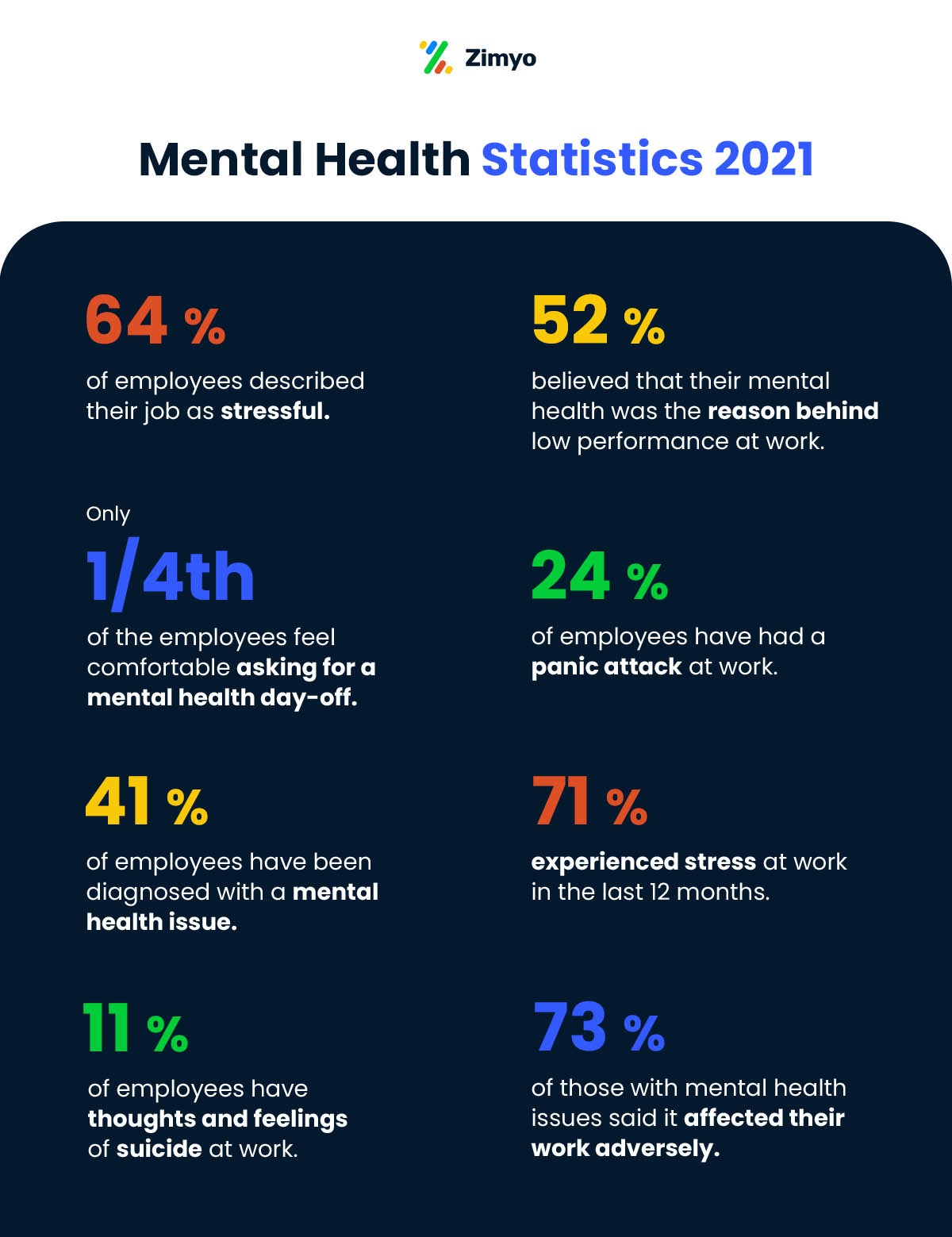
The health and safety of employees are critical human resources objectives. HRM ensures compliance with regulations while creating a safe and supportive environment for all.
According to the International Labour Organization (ILO), over 2.78 million workers die annually due to occupational hazards. This makes workplace safety a top priority among the objectives of human resource management.
Policies, training, and emergency protocols are developed under this objective. The aim of HRM here is not just compliance, but also building a culture of care and responsibility.
This also relates to the social objectives of human resource management, emphasizing the well-being of the workforce and their families.
8. Diversity and Inclusion

Promoting a workplace that values different backgrounds and perspectives is a key social objective of human resource management. Diversity drives innovation, decision-making, and team performance.
McKinsey reports that diverse companies are 35% more likely to outperform competitors. This makes D&I a strategic part of the objectives of HRM.
HRM functions include creating policies, training programs, and recruitment strategies to support inclusivity. The human resource objectives examples here include gender balance, equal opportunity, and cultural awareness.
D&I is not just about representation—it’s about equity, belonging, and respect, which reflects the deeper human resource development objectives of creating a balanced and empowered workforce.
9. Organizational Culture
A company’s culture defines how people behave, communicate, and perform. One of the strategic goals of human resource management is to build and maintain a strong and positive workplace culture.
According to Forbes, 88% of employees believe that a strong company culture is key to business success. Hence, this becomes a central human resources objective for HR teams.
The aim of HRM is to align organizational culture with employee behavior through leadership, communication, and policy enforcement.
This connects with HRM functions and objectives like employee engagement, conflict resolution, and change management—all of which depend heavily on culture.
10. Employee Retention
Retaining talent is among the most cost-effective objectives of human resource management. High turnover can cost a company up to 33% of an employee’s annual salary, according to the Work Institute.
By improving engagement, offering development opportunities, and recognizing achievements, HRM can reduce turnover. Employee Retention Strategies are also a vital part of human resource planning objectives as well.
Manpower planning objectives also focus on reducing skill drain and knowledge loss by retaining key employees. Retention strategies also reflect the functional objectives of HRM, as they support continuity and team stability.
The human resource objectives examples in this area include lower attrition rates, higher job satisfaction scores, and stronger employer branding.
The Crux
To sum it up, the objectives of human resource management go far beyond just hiring and payroll. They cover everything from strategic planning to individual well-being. The objectives of HRM aim to align employee goals with business outcomes, creating a win-win environment for all.
Whether you’re a business leader or an aspiring HR professional, understanding the scope and objectives of HRM will give you a strong foundation to manage people effectively. From manpower planning objectives to social objectives of human resource management, every goal plays a crucial role in driving organizational success.
If you’re looking to build a career or strategy around HR, revisit this guide as your go-to resource. And remember, the aim of HRM is not just about managing people—it’s about empowering them.












